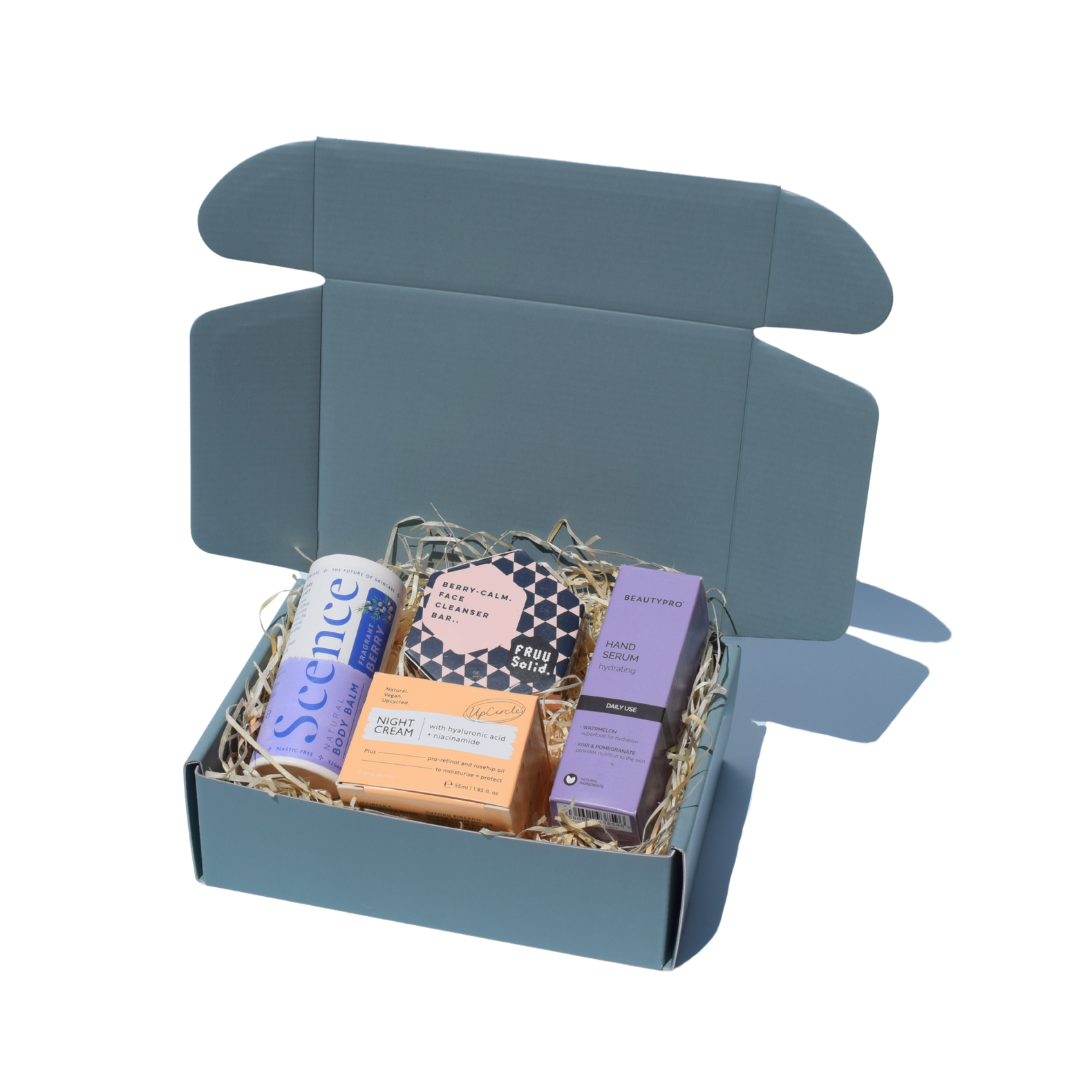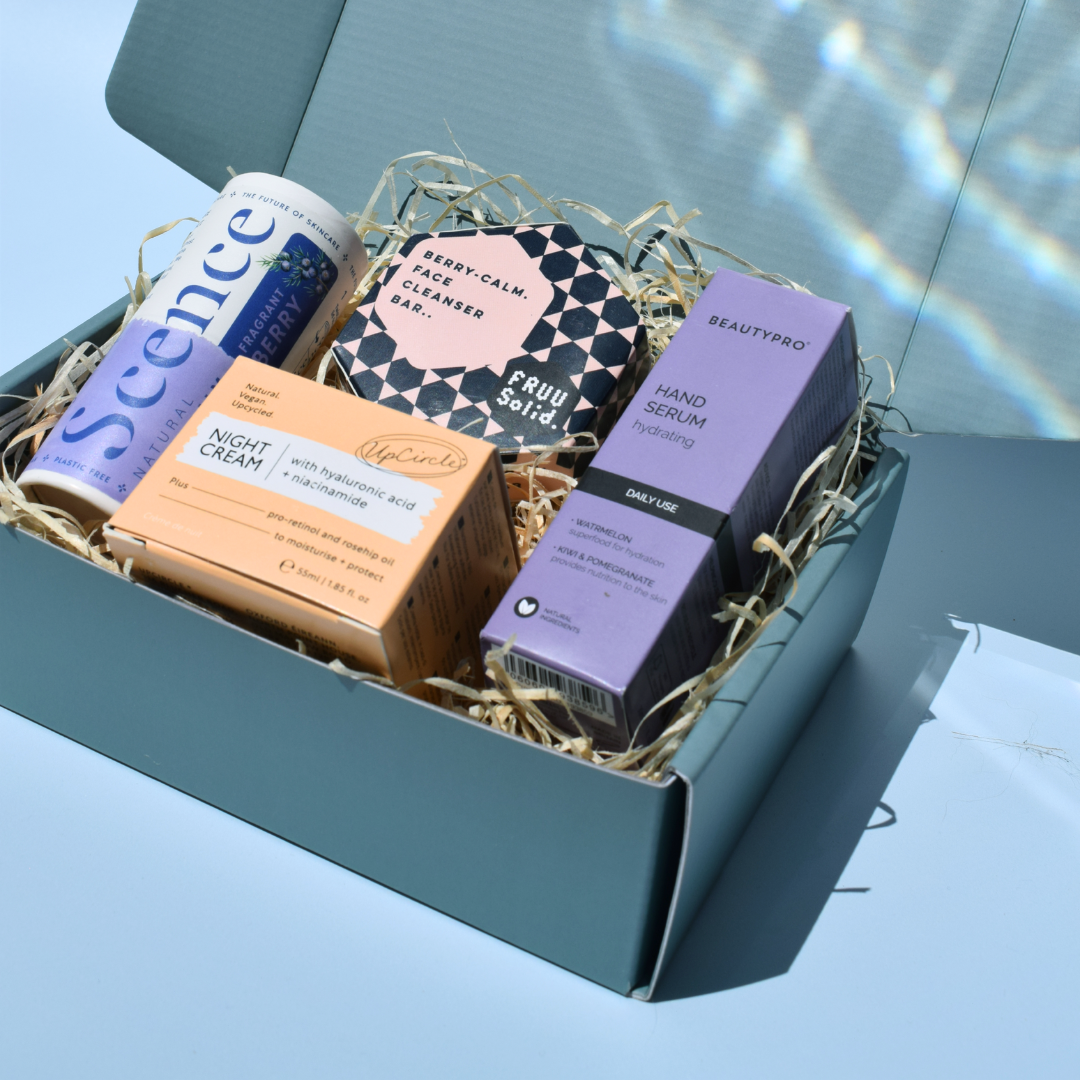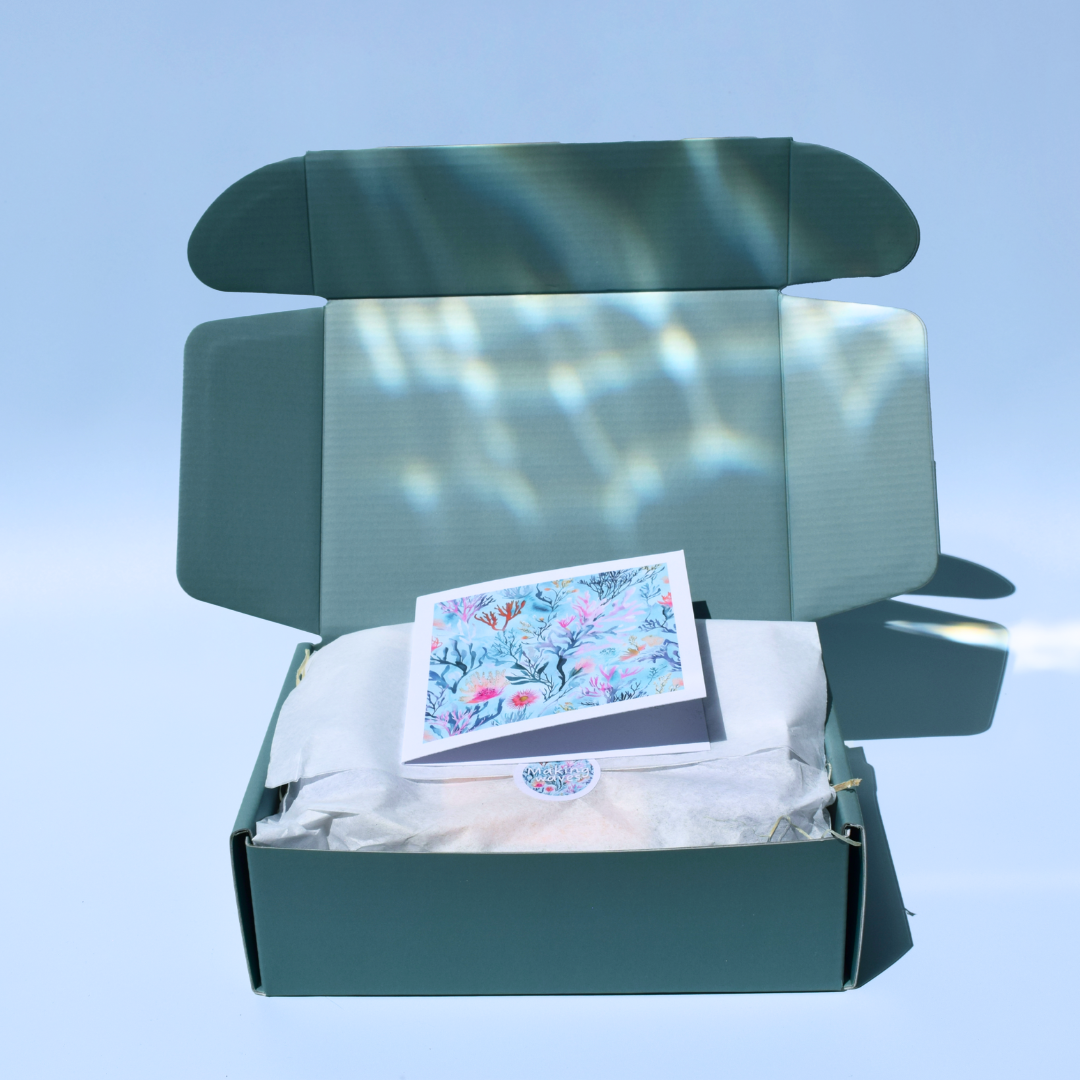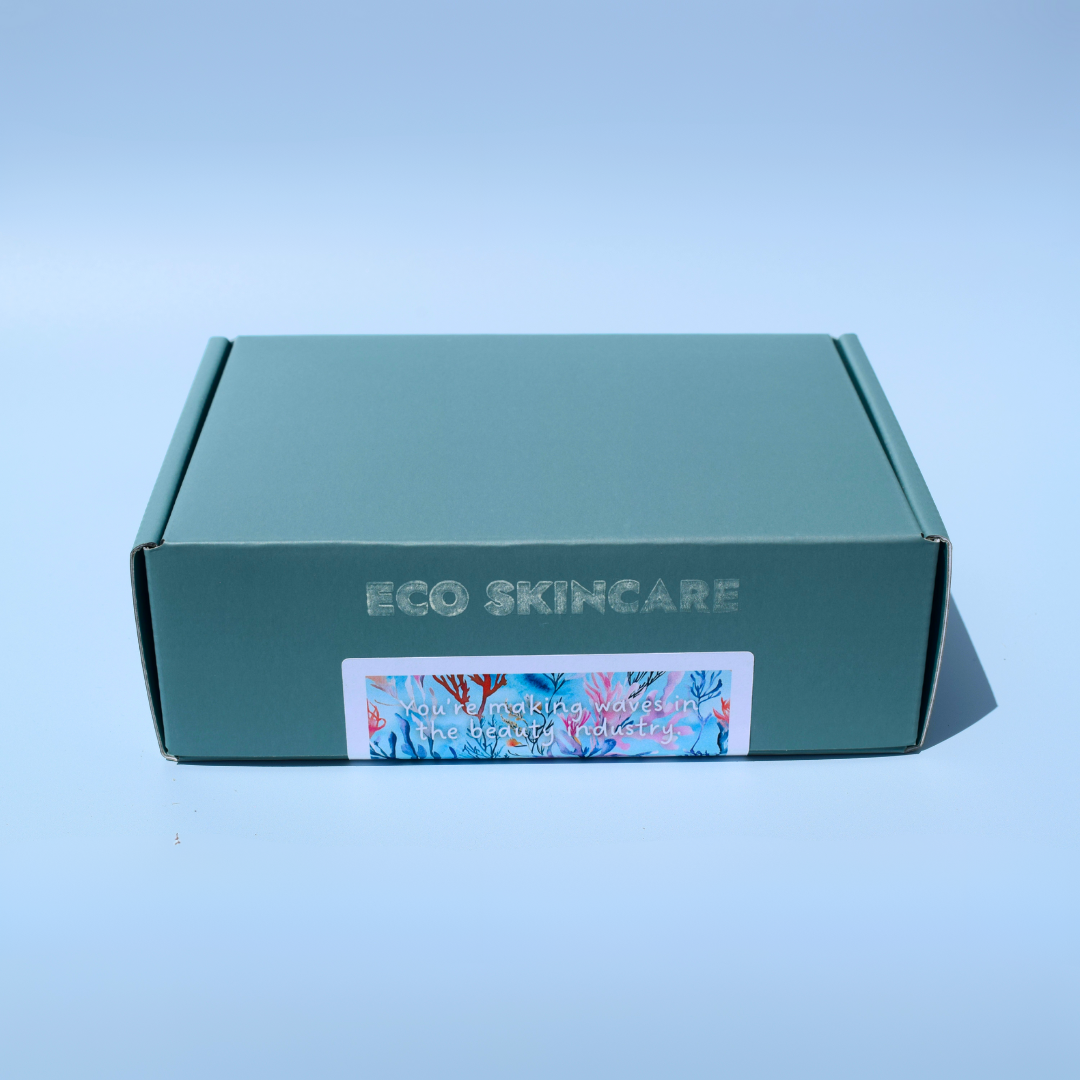
Refillable Beauty in the UK: Which Brands Actually Make It Easy (And Affordable)?
Share
The promise of refillable beauty is twofold: less packaging waste and more savings for you. But the reality is more nuanced - not all refill systems are created equal. Some require hunting down specific stockists or are only available in select locations, while others don't offer meaningful savings and may complicate, rather than simplify, your routine.
As UK beauty brands expand their refillable options, it's essential to ask: which ones deliver on both sustainability and convenience? This review breaks down the real costs, genuine accessibility, and ease of use for leading UK brands. Because a refill programme that sits unused isn't helpful - for you, or the planet.
What Makes a Refillable Beauty System Actually Work?
A truly effective refillable system must meet four criteria: affordability, accessibility, simplicity, and environmental impact. Miss any, and the benefits become theoretical, not practical.
The Four Pillars of Successful Refill Schemes
Affordability: The cost per refill should be substantially lower than buying new—ideally, 20–30% less, to account for the extra effort involved.
Accessibility: Can you order refills online or find them in local stores? The more accessible, the more likely you'll stick with the system.
Simplicity: The process should be quick, mess-free, and require no special equipment. Complex systems may look impressive but rarely suit daily life.
Environmental impact: Real gains come when all packaging—including refill containers—is minimized, and the main container is durable enough for repeated use. The shipping footprint, refill durability, and recyclability all matter.
UK Refillable Beauty Brands: The Comprehensive Comparison
Here's a detailed analysis of leading UK refillable schemes for skincare, cosmetics, and fragrance, with a focus on real-world use.
Premium Refillable Skincare Systems
Aesop offers refills for most of its hand, body, bath, and hair products. These are available both online and in stores, and the refill pouches (500ml, for example) provide a meaningful reduction in packaging waste. However, there's no clear indication that these refills are cheaper than buying new—the focus is on sustainability rather than cost savings.
Augustinus Bader has refillable options for its cult serums and creams, with both the main container and refill packaging designed for recyclability. While this reduces waste, there's no evidence that refills are notably cheaper than buying new, given the luxury positioning.
Charlotte Tilbury offers refill cartridges for its Airbrush Bronzer, allowing you to keep the compact and just replace the powder. This is both environmentally friendly and cost-effective, as the refill is typically less expensive than buying the whole product again.
Skin Rocks provides Retinoid 1 and 2 in refill cartridges, saving about £10 per refill compared to a new bottle. The glass pump is kept, and you simply replace the inner cartridge, which is a straightforward and relatively mess-free process.
L'Occitane en Provence is a pioneer in refillable skincare, with lightweight pouches (using up to 90% less plastic than bottles) for many of its bestsellers. The pouches are monomaterial for easier recycling, and the system is widely available in stores and online. While this system is strong environmentally, specific UK availability and cost savings compared to new products are not detailed in the sources.
High Street Accessible Options
Boots Refill Scheme partners with brands like Original Source and Bulldog, offering refill stations for shower gel, shampoo, and hand wash in 50+ stores. You buy a reusable aluminium bottle and refill it as needed. This eliminates single-use plastic and offers some cost savings over time, but the network is still growing and not universally accessible.
Kiehl's introduced refill pouches for several bestsellers, including body lotion and facial cream, with each pouch containing more product and far less plastic than standard bottles. The process is simple: refill your existing bottle at home. However, no specific price differentials for refills are mentioned in the sources.
Fragrance and Color Cosmetics
Diptyque offers elegant refills for its reed diffusers, and Sisley Paris provides refillable bullet lipsticks, making luxury beauty more sustainable without compromising on aesthetics.
Jo Malone London introduced a refillable system for its Cologne Intense line, where you return your empty bottle and receive a pre-filled one at a reduced cost, which reduces packaging but is less of a true "refill" and more a return-and-replace scheme.
Gucci and YSL have launched refillable fragrance options, with some products available as refill cartridges or via refill stations in select retailers. However, these are more common in the luxury sector and not yet mainstream for everyday consumers.
Emerging Independent Brands
Beauty Kitchen operates a "Return. Refill. Repeat." system, where you can send back empty bottles (postage paid) for credit and refill your products with pouches, offering significant savings and supporting circularity.
Wild Refillable Deodorant uses a durable aluminum case with compostable refills, available by subscription. The system is highly accessible, easy to use, and environmentally impactful, with modest cost savings that compound over time.
The Real Cost of Refillable Beauty: A Five-Year Analysis
To assess if refillable beauty genuinely saves money, let's compare five years of use for typical products.
| Product Type | Single-Use (5 years) | Refillable (5 years) | Savings | Break-Even Point |
|---|---|---|---|---|
| Daily Serum (30ml) | £240 | £205 | £35 (15%) | ~9 months |
| Body Wash (500ml) | £120 | £93.50 | £26.50 (22%) | ~6 months |
| Signature Fragrance (50ml) | £800 | £512 | £288 (36%) | Immediate (after 1st refill) |
Face Serum (example): Buying 20 single-use bottles costs £240; refillable scenario (initial bottle + refill pouches) costs £205, saving £35 (15%) over five years.
Body Wash: 30 single-use bottles cost £120; refillable model costs £93.50, saving £26.50 (22%).
Signature Fragrance: 10 single-use bottles cost £800; refillable (fountain) model costs £512, saving £288 (36%).
Conclusion: Refillable systems generally offer real savings, especially for fragrance. However, for skincare and body care, the savings are more modest and require several refill cycles to break even.
What About the Environmental Savings?
Refillable beauty not only saves money but also reduces environmental impact. While there is no specific UK study cited here, industry trends and brand initiatives show that refillable systems can reduce packaging waste by up to 70% compared to single-use alternatives when used consistently.
The Ellen MacArthur Foundation suggests containers need to be used at least 10–15 times to deliver net environmental benefits compared to recycled plastic.
Key environmental factors:
- Packaging waste: Refill pouches use far less material than new bottles (up to 90% less plastic in some cases).
- Transportation: Bulk delivery to refill stations is more efficient than shipping individual units.
- Container durability: If the main container breaks before many refills, the benefit is lost.
- Refill packaging: Even refills come in some packaging; look for easily recyclable or compostable options.
The Hidden Barriers to Refillable Beauty Adoption
Despite clear benefits, refillable beauty remains a small fraction of the UK market. Why?
Convenience Trumps Intention
While many consumers express interest in refillable beauty, only a small percentage actually use it regularly. The gap reflects a convenience barrier—people won't adopt habits that require significant extra effort, no matter their environmental values.
The Trust Gap
Some consumers worry about hygiene and product freshness with refill systems, especially for skincare. Brands that address these concerns transparently—with clear expiry dates, batch codes, and visible hygiene protocols—build trust more effectively.
Aesthetic Compromise
For some, the appeal of beauty products lies in the unboxing experience. Refillable packaging can sometimes look less luxurious. Brands that invest in beautiful, durable refillable designs—like Mugler, Wild, or Diptyque—avoid this issue.
Which Refillable Beauty Brands Should You Actually Try?
Based on affordability, accessibility, simplicity, and environmental impact, here are our recommendations:
Best Overall: Wild Refillable Deodorant
Why it wins: Delivered UK-wide, incredibly simple to use, compostable refills, and modest cost savings. Subscription removes the need to remember to reorder.
Best for: Anyone wanting an easy, effective entry into refillable beauty.
Best for Skincare Enthusiasts: Beauty Kitchen
Why it wins: Accessible online, incentivizes returns, and offers good savings. Well-organized, transparent, and comprehensive.
Best for: Building a refillable routine with an indie brand.
Best for Fragrance: Charlotte Tilbury, Diptyque
Why they win: Refill cartridges for bronzer (Charlotte Tilbury) and reed diffusers (Diptyque) are accessible and reduce waste, with a focus on both sustainability and aesthetics.
Best for: Those who value both luxury and sustainability.
Best High Street Option: Boots Refill Scheme
Why it wins: Available in major Boots stores, uses durable containers, and eliminates single-use plastic.
Best for: Mainstream consumers who want to shop where they already do.
Best for Zero-Waste Purists: Neal's Yard Remedies
Why it wins: Offers in-store refills with truly zero-waste packaging.
Best for: Urban dwellers who prioritize environmental impact above all.
How to Make Refillable Beauty Work for Your Lifestyle
- Start with one product: Pick something you repurchase often—deodorant, body wash, or a signature scent. Master that refill before expanding.
- Calculate your break-even: Work out how many refills you need to recoup the initial investment and if that fits your habits.
- Match the system to your routine: If you rarely visit stores, choose a postal or subscription refill. If you shop online, pick brands that deliver refills directly.
- Keep your empties visible: Store empty containers by the door or with your keys so you remember to bring them for refills.
- Consider refills as a subscription: For regular-use products, subscription refills (like Wild) remove the need to remember to reorder.
What Brands Need to Do Better
Based on these reviews, the best refillable schemes:
- Offer meaningful savings—at least 20–30% per refill, to reflect reduced packaging and marketing costs.
- Make refills easily accessible—online, in high street stores, or via subscription, not just in select urban locations.
- Design for durability—containers should last 20+ refill cycles to be truly sustainable.
- Simplify the process—aim for a system so easy a child could use it. Messy or complicated refills won't last.
- Track and reward participation—credit systems (like Beauty Kitchen) and subscriptions (like Wild) encourage ongoing use.
The Future of Refillable Beauty in the UK
With proposed government regulations (Extended Producer Responsibility) requiring brands to cover packaging waste costs, refillable systems are expected to become even more mainstream by 2025. Major retailers are expanding refill stations beyond food and cleaning into beauty, signaling a shift from niche to normal.
References
- Space NK, "The Best Refillable Beauty Products 2025".
- Boop Beauty, "2025 Beauty Trends: What's Hot in Sustainable Beauty?".
- British Beauty Council, "World Earth Day 2025: A prestige beauty update".
- Re:brand Skincare, "Best refillable skincare brands of 2025".
- Marie Claire UK, "25 Refillable Beauty Products To Revolutionise Your Routine".
- Hooley Brown, "16 brilliant beauty brands to watch in 2025".
- Othilapak, "Refillable Beauty Packaging: Growth, Trends & Benefits".
- Luxury London, "The best refillable beauty products for a greener bathroom cabinet".









